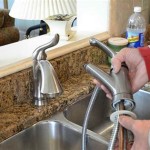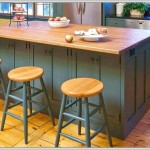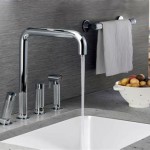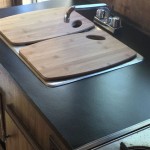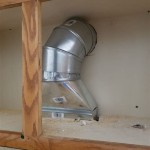A kitchen water faucet is an essential part of any kitchen. It is used to provide hot and cold water for washing dishes and other kitchen tasks. Choosing the right kitchen water faucet can make a big difference in how efficiently your kitchen works. This guide will provide you with the information you need to make an informed decision when selecting a kitchen water faucet.
Types of Kitchen Water Faucets
There are several types of kitchen water faucets available. The most common types are single-handle, two-handle, and pull-out faucets. Single-handle faucets are the most common type and are usually the most affordable. Two-handle faucets provide more control over the temperature of the water and are often used in larger kitchens. Pull-out faucets are a more modern option and feature a spray head that can be pulled out of the faucet.
Features to Consider When Buying a Kitchen Water Faucet
When selecting a kitchen water faucet, there are several features to consider. The type of finish is important, as it can affect the overall look of the faucet. Some of the most popular finishes are chrome, stainless steel, and brushed nickel. It is also important to consider the flow rate of the faucet. The flow rate is measured in gallons per minute (GPM) and can range from 1.5 GPM to 2.2 GPM. The higher the GPM, the more water comes out of the faucet.
Installation of a Kitchen Water Faucet
Installing a kitchen water faucet can be a straightforward process. Generally, the faucet should come with all the necessary parts and instructions for installation. Typically, the first step is to turn off the water supply and disconnect the existing faucet. The new faucet is then attached to the sink and the water supply is connected. Once the installation is complete, the faucet should be tested for leaks. If any leaks are found, they should be repaired before using the faucet.
Maintenance of a Kitchen Water Faucet
To ensure that your kitchen water faucet lasts for many years, it is important to perform regular maintenance. It is recommended to clean the faucet regularly with a mild detergent and warm water. Additionally, the faucet should be inspected for leaks and any parts that may need to be replaced. If any parts do need to be replaced, it is important to use parts that are compatible with the faucet model.















Related Posts

